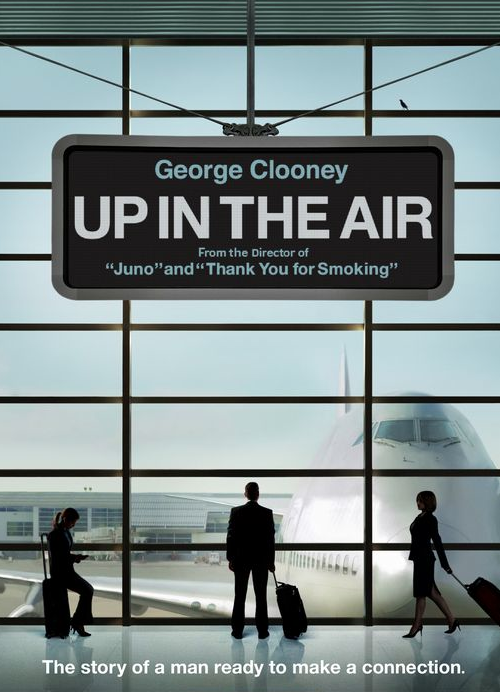This is the third in an occasional series on research in the arts and design.
Let me begin by suggesting that the term contingency may be a useful way of thinking about research in areas not traditionally thought of as research-based. It is not fair to compare research in the arts and design for example, to the social sciences although they may share more than we realize. We therefore need some new thinking on the meaning of research in the creative areas both as method and as process. This is all the more urgent because artists and designers have had a great deal of difficulty arguing their case with government, the community and with industry. And, as we have seen in Great Britain, research in the creative areas is measured in much the same way as other disciplines and often not to the benefit of creative work. In fact, debate is needed on the policy environment being created in the UK around the Creative Industries because so many of the presuppositions being put in place are being copied elsewhere in the industrial world.
Contingency speaks to activities that begin without a clear sense of their outcome. Artists have always been comfortable with this as have some writers. In the past, some designers oriented their creative process around the expectations of clients and so it appeared as if they were more concrete and less contingent than artists. Now, designers have more fully recognized that they are as involved in the invention of new ideas and processes as artists and so both creative engagements share a similar sense that outcomes are a byproduct of creativity.
A by-product? Yes, if the outcome is largely determined by an ongoing process that may not be linear, then outcomes are by and large as accidental as much as they may be intended. Some artists of course, play with chance and accidents all the time and this was the foundation of the work of John Cage. Others plan their works very carefully and many have those works built by apprentices to specifications they have created. But, for the most part artists and designers to varying degrees learn to combine chance, accident and purpose to produce works that reflect only a small proportion of their intentions.
Traditional research in the social sciences uses a variety of time tested methods from observation to participant observation among many approaches, to try and understand phenomena and in many cases suggest solutions to problems and challenges. The methods range from the quantitative to the qualitative and constitute a vast constellation of strategic choices with the intellectual and practical goal of deepening and enhancing our understanding both of the world we live in and ourselves. I cannot do justice to the range here, its complexity and breadth. Suffice to say, nearly anything and everything can be the object or subject of research.
My point is that the same situation exists in the arts and design. Tim Brown comments on Charles Eames and the manner in which the Eames conducted a series of important design experiments in the early 20th century. (See Brown’s wonderful book, Change by Design published by Harper Collins in 2009.) “From their legendary office at 901 Washington Boulevard in Venice, California, the Eameses and their associates conducted a series of design experiments that stretched across four decades and covered every imaginable medium: the molded plywood chairs that became synonymous with American modernism; their famous case study house No. 8 in Pacific Palisades; the museum exhibitions they built, and the educational films they produced. Not always visible in the finished projects, however, is the methodological experimentation that lay behind them.” (71)
Crucially, the finished projects of designers and of artists only sometimes reveal their methodological origins and process. Many self-conscious and self-reflexive creators have of course from time to time created works that reveal method in their very materiality. But, for the most part, creative process remains unseen, background chatter as it were, with little seeming connection to method.
Here is an example of a creative project that sees itself within the traditional methods of the social sciences.
“I am a lecturer with the Department of Photography at the Queensland College of Art, Griffith University, specialising in the fields of photojournalism and social documentary. My recent projects borrow heavily from the practices inherent in visual ethnography and include hospice and palliative care (Lloyd, Passing Time, 2000), documenting a small regional community outside of Brisbane (Something about Us, Logan Art Gallery, 2001) and, currently, working on a project looking into substance misuse in the Mt Isa district.” David Lloyd.
This is a hybrid of course and one of many works that are challenging conventional definitions of art and media. But, it points out that how fluid the boundaries between creative processes are and how careful we have to be in assuming *lack* of method when they may well be one.
Contingency is about methods that are applied to creative challenges without necessarily linking process to outcome. This is also similar to prototyping which is a process of experimental exploration that is as ideational as it is material.
More on this topic over the next few months.
See the following report from the UK, especially chapter 3 for more debate in this area.
 Sunday, February 28, 2010 at 11:42PM
Sunday, February 28, 2010 at 11:42PM 



